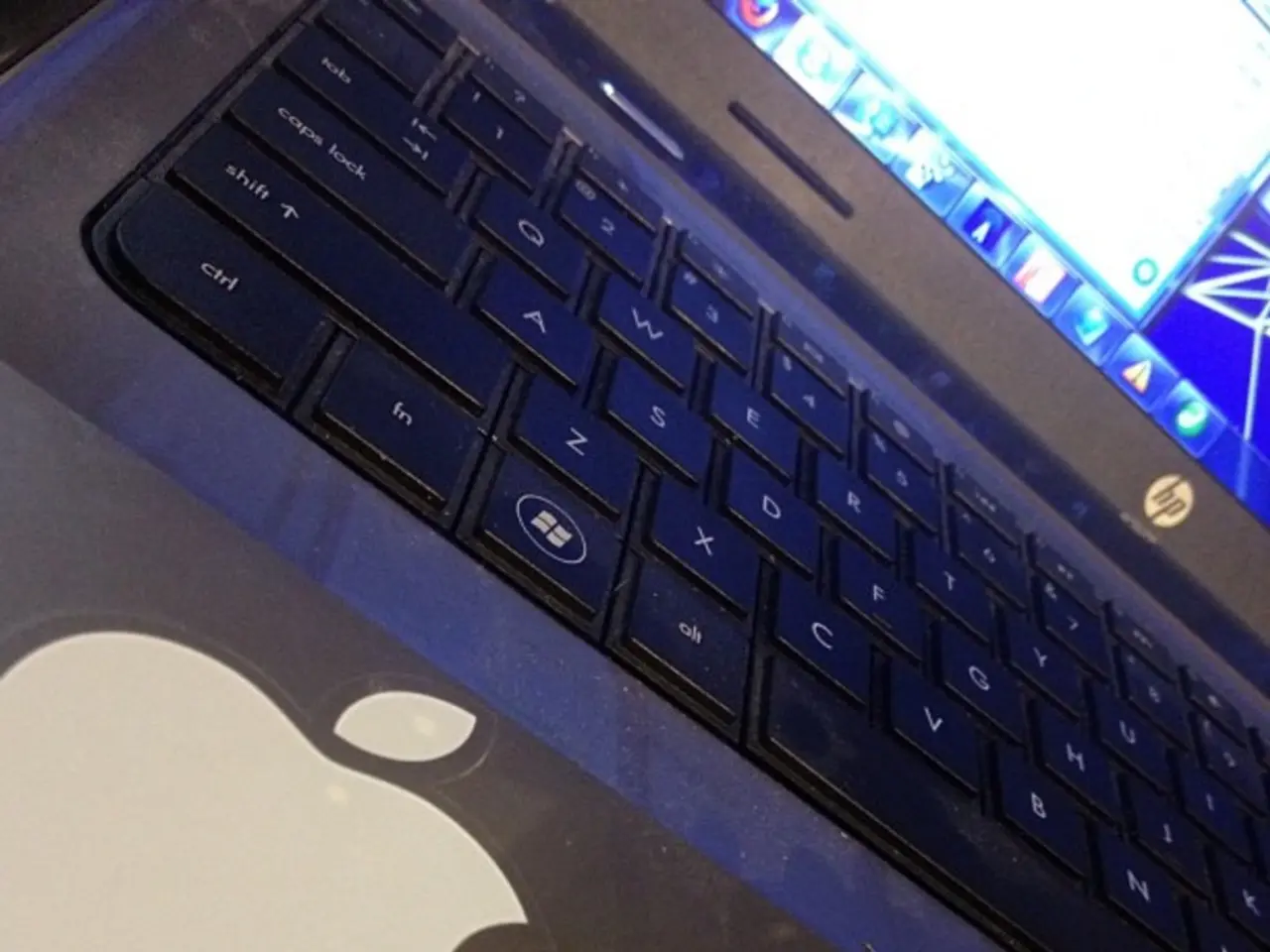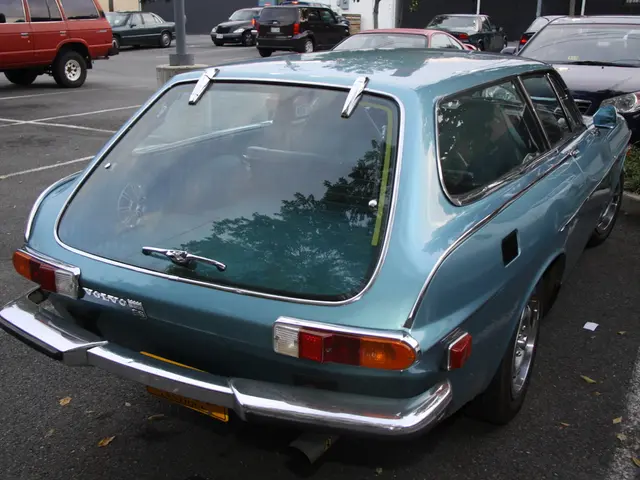Increase in Cost of Smartphones and Laptops Due to Trump's Implemented 25% Import Duty - Uncovering the Facts
The United States has announced a 25% tariff on Indian imports, effective from August 1, targeting sectors such as textiles, automobile components, steel and aluminium, solar equipment, IT services, and parts of the pharmaceutical industry. This tariff increase, coupled with a baseline 10% duty and an earlier 25% reciprocal tariff, results in a combined effective tariff rate of up to 50% on most Indian goods entering the US market.
The potential impacts on these sectors include:
- Textiles and automobile components: These sectors face significant exposure to higher costs, reducing their competitiveness in the US market and potentially leading to decreased export volumes and revenue.
- Steel and aluminium: Increased tariffs raise prices for Indian steel and aluminium, which could dampen demand in the US and affect Indian producers negatively.
- Solar equipment: Higher tariffs may slow export growth in this emerging sector, affecting India's expanding solar manufacturing and export ambitions.
- IT services: Though much of IT services are offshore, parts related to hardware exports or software products might face tariff burdens, affecting margins and competitiveness.
- Pharmaceuticals: Parts of the pharmaceutical industry are exposed, except for generic drugs, which account for about 50% of the US market. Exclusions for pharmaceuticals limit the tariff impact on key Indian exports in this sector, preserving competitiveness and market share.
The exclusion of smartphones and pharmaceuticals from these tariffs provides relief to these critical sectors. The exemption protects Indian or Indian-origin smartphones from price hikes in the US market, maintaining export volumes and avoiding disruption in the technology supply chain. Exempting pharmaceuticals, specifically generic drugs, mitigates risks to a sector where India has a large market share in the US. This protects not only Indian companies but also US consumers relying on affordable generics.
While the tariff increases pose challenges for textiles, automobile components, steel, aluminium, and solar equipment by adding cost pressures and risking export losses, the strategic exclusions of smartphones and pharmaceuticals help sustain growth and market stability in those areas.
The announcement was made via Trump's social media platform, Truth Social. Trump stated that India's tariffs on American goods are very high and called India's trade barriers the most strenuous and obnoxious non-monetary among all countries. A potential resolution to the trade issues between the US and India could prevent the implementation of the new tariffs.
In FY2025, India exported $14.6 billion worth of smartphones and $10.5 billion in pharmaceuticals to the US. The US President Donald Trump announced the tariff, stating that it will not apply to smartphones, laptops, pharmaceuticals, and a few other sectors.
Geopolitical factors, including India's oil imports from Russia and BRICS membership, underpin these tariffs. The tariffs aim to boost US manufacturing and reduce trade deficits but have been criticized as unfair and could strain India-US trade relations, complicating ongoing efforts for a Bilateral Trade Agreement.
- The exclusion of smartphones from the tariffs ensures that Indian or Indian-origin smartphones will be shielded from price hikes in the US market, helping to maintain export volumes and stabilize the technology supply chain.
- With smartphones and pharmaceuticals exempted from the tariffs, laptops remain a potential target for increased costs in the US market, which could affect their competitiveness and impact margins in the technology industry.








